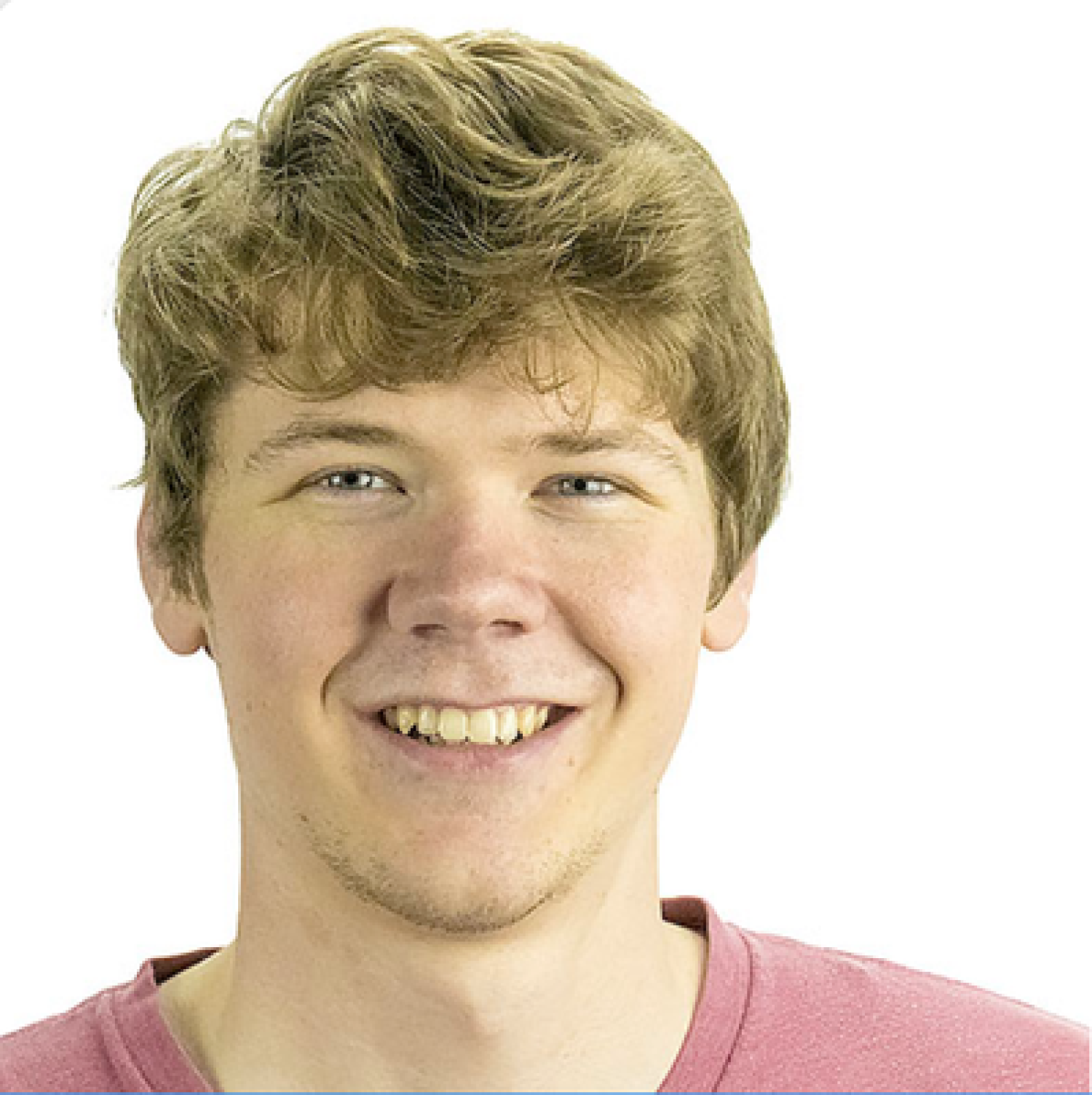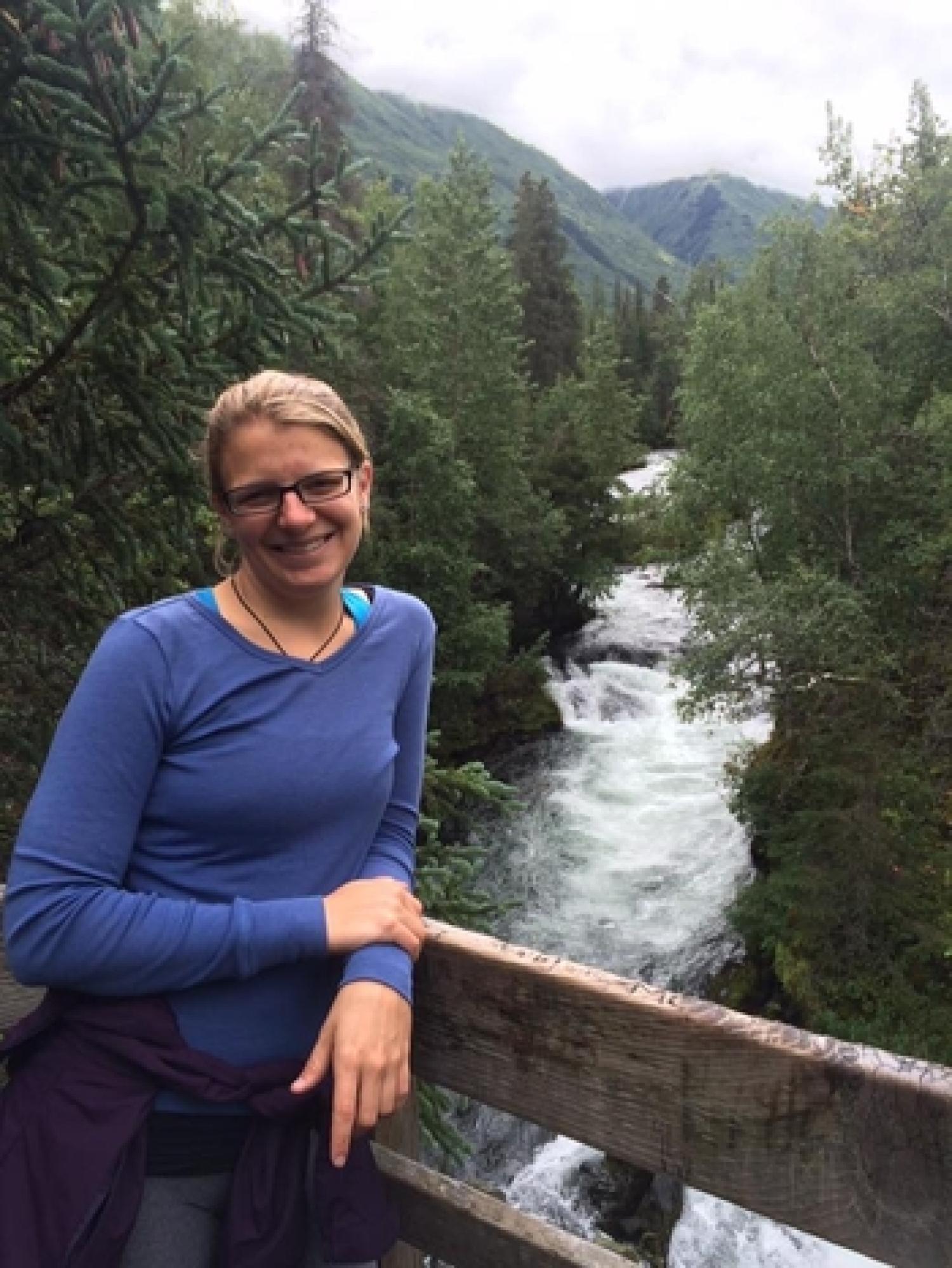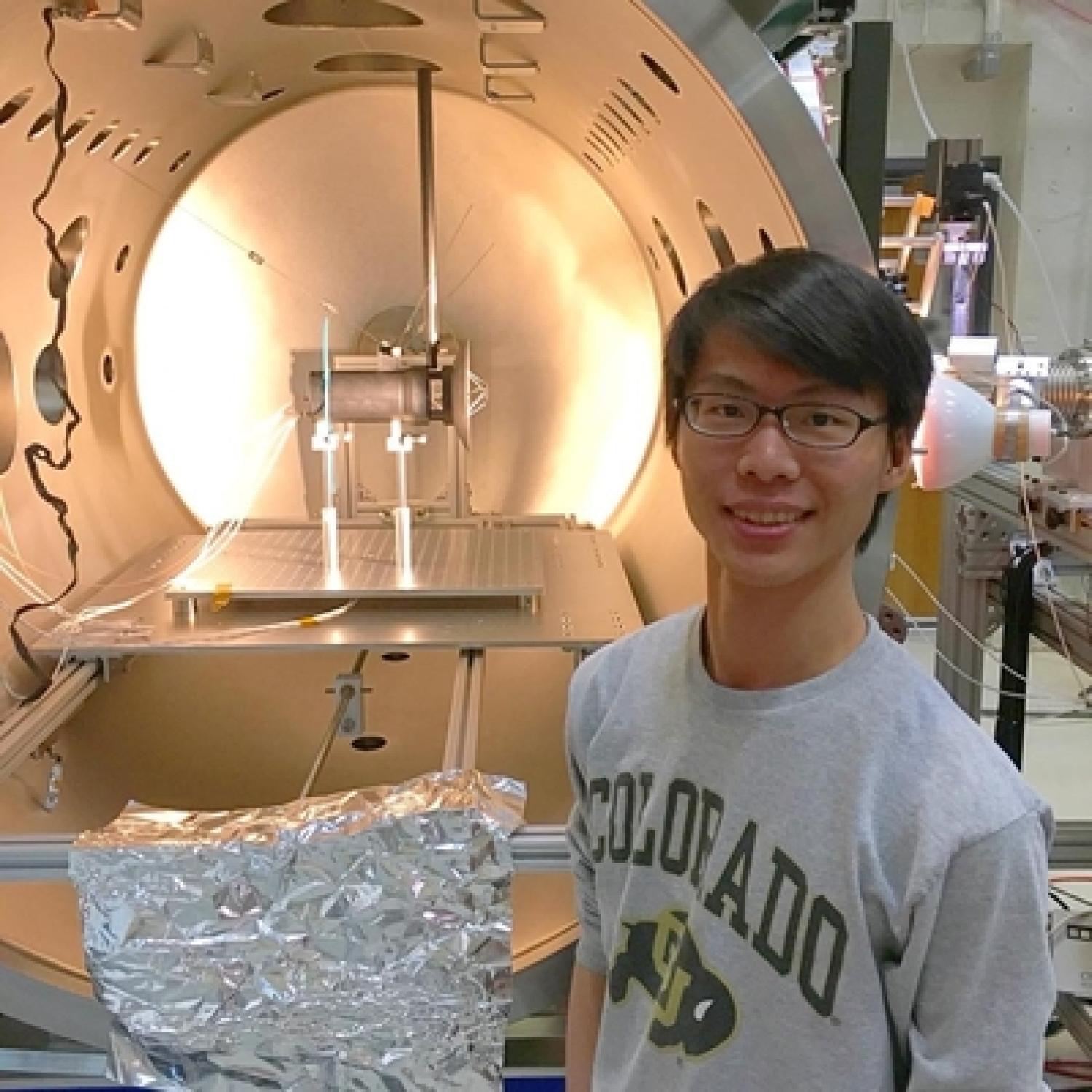Fall 2020 STEMinar Schedule
Fall 2020

Speaker: Nick Dietrich
Title: "Estimating Satellite Drag to Prevent the Next Satellite Collision"
Department: Aerospace Engineering Sciences
Date: Tuesday, September 29, 2020
Location: On Zoom!
Time: 5:00 pm MST
Satellites have allowed for incredible technological and scientific advancements. However, as space becomes more accessible, especially with the advancement of small sats, preventing collisions among satellites is going to become increasingly difficult. Satellite collisions, like the one between Iridium 33 and Kosmos-2251, produce incredible amounts of space debris. This space debris can collide with other satellites to generate more space debris, resulting in a cascade of collisions in a scenario known as the Kessler Syndrome. Accurately predicting satellite positions in orbits close to Earth is challenging due to difficulties in predicting satellite drag. Just as airplanes experience aerodynamic drag, so do satellites, passing through a field of mass density that pulls them closer to Earth. In this talk, I will discuss methods to estimate the mass density satellites encounter in orbit and its challenges since no global observing system of mass density is available. Estimating this mass is especially difficult during geomagnetic storms, when high speed blobs of dense plasma from the sun impact Earth’s magnetosphere. These impacts result in immense amounts of heating, causing the upper atmosphere to expand and increase satellite drag. In the past, large geomagnetic storms have caused thousands of cataloged satellites to be lost due to the unpredictability of this expansion. To predict this gas expansion, we look to use a tightly coupled system to the neutral atmosphere: the ionosphere. Since we know what the ionosphere looks like thanks to remote sensing using radio waves, a filter may be used to update states of the neutral atmosphere using ionosphere observations and estimate changes in the neutral density. We look to improve the neutral density estimates so that we can confidently predict satellite positions and keep the orbit environment clean of space debris.

Speaker: Kaitlin Mattos
Title: Mid-tech Water and Sanitation Infrastructure for Underserved Areas
Department: Civil, Environmental, Architectural Engineering
Date: Tuesday, October 13, 2020
Location: On Zoom! Recording Available Here
Time: 5:00 pm MST
To achieve the United Nation’s Sustainable Development Goal to ensure access to safe water and adequate sanitation for the billions of people who still lack access, a “one-size fits all” approach won’t work. In resource-poor communities or isolated rural areas, centralized and high-tech water and sanitation systems are too expensive or lack the required operation and maintenance capacity to be sustainable. However, low-tech systems such as safe storage water containers and ventilated improved pit latrines often target a minimum level of service and may not provide all of the desired health benefits. There is therefore an emerging role for “mid-tech” water and sanitation systems that fully meet environmental and health standards but require relatively low levels of resource input and operation and maintenance skills.
I describe what “mid-tech” means for water, sanitation and hygiene infrastructure and discuss what opportunities and innovations already exist, how they work, and how they impact health and well-being. While mid-tech infrastructure is not new, it is newly being labeled and recognized for the opportunities it provides for environmental, social and technical sustainability and the importance it has in underserved areas where high-tech solutions may only be a pipe dream [plumbing pun!]. I use examples from remote and rural communities in the United States, where millions of people still lack access to water and sanitation services. Although many of the mid-tech interventions represent promising technical solutions to rural water and sanitation issues, most of these interventions are employed on a household scale without any service provision and, as a result, must address the significant hurdles of human behavior, neglect and unskilled operation and maintenance.

Speaker: Mitchell Shen
Title: How do we IMPACT on Space and Planetary Science? In Dust we Trust.
Department: Aerospace Engineering Sciences
Date: Tuesday, November 17, 2020
Location: On Zoom!
Time: 5:00 pm MST
Link to recorded talk: https://www.youtube.com/watch?v=3zw1Tz1x7n0
Being the most abundant and mobile solid bodies in the Universe, cosmic dust occupies a unique place in exploring our Solar system and beyond. Undergoing constant interactions with neutral gases, plasma, and radiation, subtle processes are manifested through the dust on a cosmic display. Remote sensing and in situ observation of cosmic dust, therefore, are useful in providing constraints about the underlying processes as well as the physical and compositional information of their parent bodies that cannot be achieved otherwise. Antenna-based detection of dust grains by spacecraft is a valuable mechanism to enhance the science return from existing missions and conduct observations of interplanetary dust by spacecraft not equipped with dedicated dust instruments. In order to improve our understanding of the dust impact waveform, a series of laboratory measurements have been employed using the dust accelerator facility at the University of Colorado. We have accomplished a couple of experimental campaigns to characterize the dust impact waveforms associated with dust materials, impact speed, antenna configurations, impact locations, the effective temperatures of impact plasmas, and spacecraft potential. We also report a physical model that provides a good qualitative and quantitative description of the antenna waveforms recorded in laboratory conditions. From the regolith of airless bodies to geologically active bodies (comets, active moons), planetary rings, protoplanetary disks, exoplanetary debris disks, circumstellar envelopes, and the interstellar medium in our Galaxy as well as in external galaxies both near and far, cosmic dust probes the processes that are contemporary or distant in the past. In particular, the detailed understanding of the antenna waveforms will enable the in-depth analysis of dust impact events collected by several missions (e.g., Cassini, STEREO, Parker Solar Probe).

